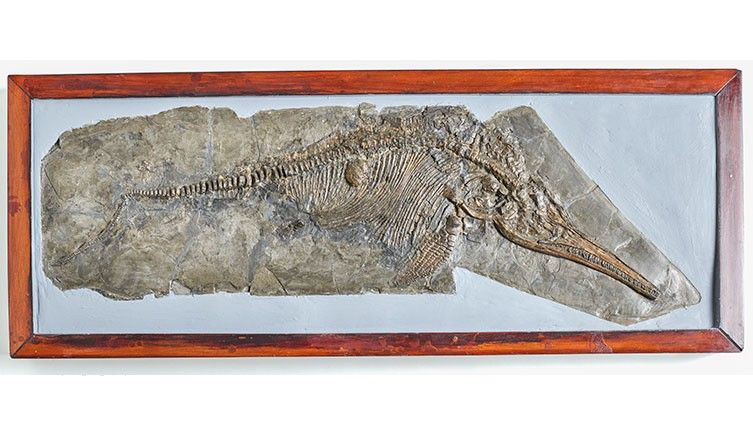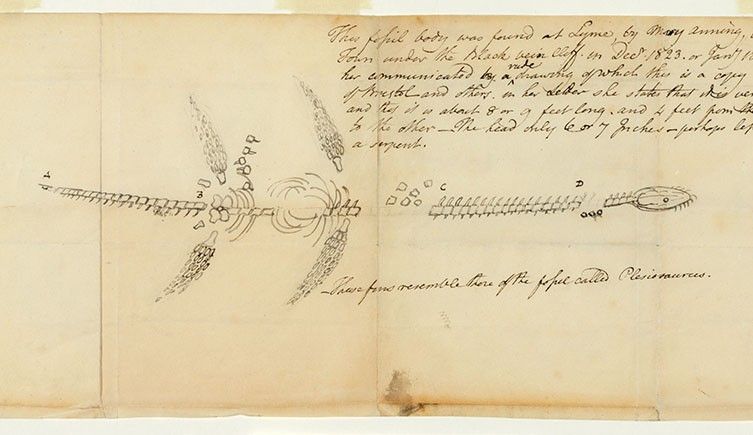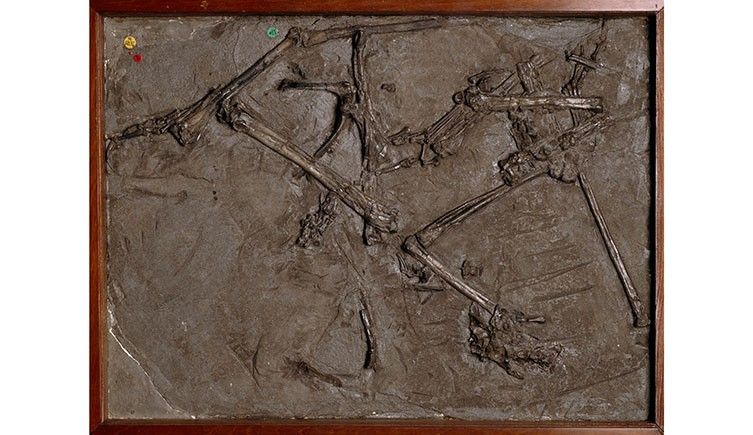Women's History Month: Mary Anning
Today's feature for women's history month is Mary Anning - a pioneering paleontologist and fossil collector who's discoveries changed how we view the world.

Mary Anning was born in 1799 in Lyme Regis, a region that is now called the Jurassic coast. Out of 9-10 children, only Mary and her older brother reached adulthood. Mary's father was an amateur fossil collector, and Mary was his sidekick at a young age. He taught her how to search and clean fossils and then displayed and sold them from his shop in the town. Later on, her work would inspire the tongue-twister "She sells seashells by the seashore," which was based on her business of selling fossils to tourists. Like many women at the time, Mary had very little formal education but taught herself geology and anatomy.
A few years later, in 1810, Mary's father suddenly passed away from tuberculous, and Mary was encouraged to sell her finds to help pay off the family debt. Within the following year, her brother Joseph found a strange fossilized skull. For months, Mary searched for and dug the outline of the 5-meter-long skeleton. At this time, the theory of extinction had just recently been introduced, so many thought it must have been a creature washed up from another place. This was studied and debated for years before finally being named Ichthyosaurus, or 'fish lizard.' Now we know this was neither fish nor lizard, but a marine reptile living 201-194 million years ago.

In 1823, Mary was the first person to come across the complete skeleton of a Plesiosaur, meaning 'near to reptile,' and news of the discovery spread so fast that many believed the fossil was a fake. Georges Cuvier, the father of paleontology, disputed the work at a special meeting at the Geological Society of London, to which Mary was not invited. And after a very lengthy debate over the rumors, Cuvier admitted his mistake. Mary struggled with finding recognition for her work in the community. Male paleontologists who bought the fossils Mary found, cleaned, prepared, and identified often didn't credit her discoveries in papers, including the ichthyosaur find.

In 1828, Mary came across a pile of bones with a long tail and wings, later identified as a Dimorphodon. The name Pterodactyl came later. At the time, news spread once again, and scientists across Europe theorized about this 'rare species.' Mary also discovered the study of coprolites or fossilized poop. For years, Mary discovered fossil after fossil, finding significant public interest in her finds. Her work would inspire the tongue-twister "She sells seashells by the seashore," based on her business of selling fossils to tourists. In 1829, mary discovered the skeleton of a Squaloraja, a fossil fish that may have been a mix of shark and ray.

On March 9, 1847, Mary died of breast cancer at 47 years old. After her death, she was eulogized in the annual address of the president of the Geological Society of London; however, women still could not join the society until 1904, 57 years later. Anning's legacy has been recognized in many ways, including having a species of prehistoric fish, Anningia, named after her. Even in 2010, 165 years after her death, she was recognized by the Royal Society as one of the most influential women in British history.